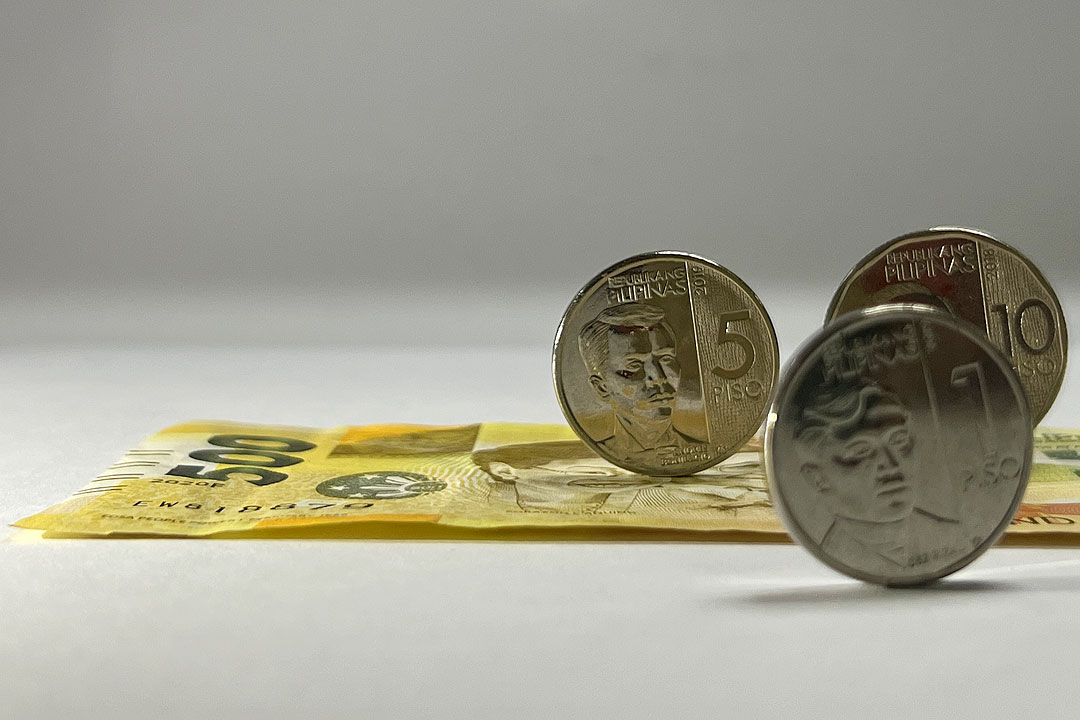Asian currencies’ rally likely to slow

ASIAN CURRENCIES like the Philippine peso are seen to continue rallying in the coming months but at a slower pace, Capital Economics said.
“We expect most Asian currencies to make further gains over time, even if their biggest rallies may now be behind them,” it said in a report on Tuesday.
It said that Asian currencies have seen “broad-based rallies” despite being under pressure earlier this year. “Indeed, many have now made bigger gains than the yen against the US dollar this month.”
Capital Economics said there is room for currencies to “make some ground and, indeed, fare better than most.”
“But we doubt the rally will be such a break-neck pace as it has been,” it added.
The Philippine peso closed at P56.281 per dollar on Tuesday, strengthening by 5.2 centavos from its P56.333 finish on Thursday. This was its strongest finish in nearly five months or since its P56.255-a-dollar close on April 1.
The peso was previously trading at the P57-58 per dollar level in the past months due to uncertainties over the timing of interest rate cuts here and abroad. BSP Governor Eli M. Remolona, Jr. earlier said the peso’s weakness was due to a “strong dollar” amid safe-haven demand.
The central bank intervened in “modest amounts” to keep markets orderly and control foreign exchange (FX) speculation, Mr. Remolona added.
“There are probably a couple of things going on. For a start, relatively stable interest rates in much of Asia meant that the big fall in US Treasury yields benefitted currencies there more than in many other economies,” Capital Economics said.
“What’s more, valuations – measured, for example, by the deviations of their real effective exchange rates from average – had become quite low in much of the region. The yen was probably the most extreme case of the latter, but the Thai baht and Philippine peso also looked, by this measure, to have very low valuations by past standards.”
Capital Economics said the broad-based rally was amid most Asian central banks managing their currencies “more tightly than most.”
“Those central banks have been, in general, leaning against the depreciation of their currencies for most of the year in various ways (and for much of the preceding two years as well). But they typically dislike volatility, and are probably wary of the economic consequences of a rapid appreciation as well,” it said.
“So some of them may well have leaned against the rally had it not been regionally broad based. And the rebound in the yen – which would have meant large trade-weighted depreciations for much of Asia given Japan’s particularly large share of regional trade – probably gave them implicit permission to allow their own currencies to rally.”
Capital Economics said currency valuations are still low in most countries in the region.
“That’s partly because of the broad-based nature of the rally, which means that not all Asian currencies have actually gained that much in trade-weighted terms.”
“While real effective exchange rates in Malaysia and Indonesia have swung, by this measure, from below- to above-average valuations, in addition to those of the yen and the renminbi valuation in Thailand, the Philippines and Korea still look fairly low.”
It added that if the yen can make further ground, this could “spark a bit of an Asian FX rally.” especially in places where valuations are still low. — Luisa Maria Jacinta C. Jocson



